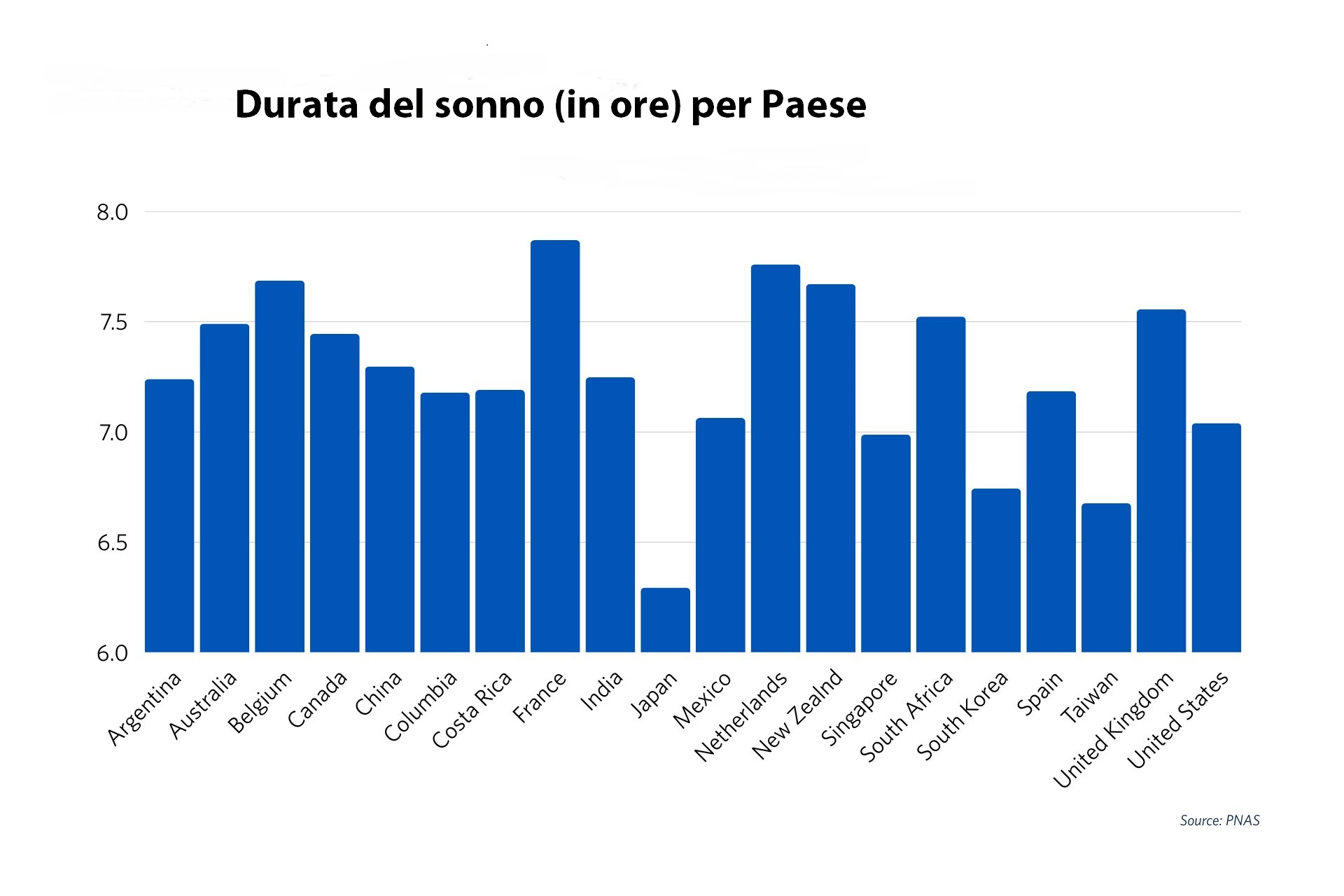Just a pants? The political story behind the blue jeans

May 20th is considered as the « birthday » of blue jeans, because, although Denim pants already existed as a job clothes for many years, it was the placement of special nails in these traditional pants that created what we know today as jeans.
Davis, wanting to make more durable pants, thought to reinforce the points that were easily torn with special nails or rivets. He asked for the help of Strauss, who supplied him with the fabric, and together they guaranteed the invention.
Initially known as « Waist Overalls », jeans became particularly popular and were established under the name « Jeans » in the 1960s.
It was from the 1960s and after the jeans acquired a strong political dimension.
Jeans as a symbol of struggle and equality
Jeans, in addition to work and fashion clothing, is deeply linked to American history and ideology. From the 19th -century miners and cowboys to the Hollywood stars, it became a symbol of independence and freedom.
But the contribution of African Americans to the history of jeans often remains invisible. The fabric used to sew the slave clothes (« Negro Cloth ») formed the basis for later blue jeans.
During the political rights movement, jeans turned into a protest and unity uniform. Black activists, such as Martin Luther King, wore it to declare solidarity with the working class and to challenge social inequalities. Jeans became a tool of expression and resistance.
The appearance of SNCC activists with jeans and of course foaming hair overturned the dominant appearance standards, enhancing their political and cultural identity. Jeans evolved into a symbol of social change, inspiring youthful movements such as hippies, and continues to carry the burden of this multifaceted history.
Hippie jeans
The anti -war and hippie movement also adopted jeans as their favorite protest costume, thanks to their affordable and democratic image. The cruel fabric was perfectly matched with the ideology of the antiseptic, which sought to challenge urban norms and social etiquette.
The neutral character of the pants – which was worn equally by men and women in the 1960s and 1970s – also made it a favorite garment of feminists in their protests.
The connection of blue jeans to youth and uprising continued in the 1980s, when hip hop hop artists incorporated them into their image as a symbol of self -expression, creativity and resistance to uniformity.
Blue jeans as a symbol of freedom in eastern Germany
On the morning of November 10, 1989, images from the Berlin Wall, full of young people danced on it, made the world tour. Many of them wore blue jeans – a garment that in eastern Germany had been transformed from a simple garment into a symbol of resistance, freedom and western culture.
In the People’s Republic of Germany (GDG), jeans were considered for years dangerous. The so -called « pants with nails » were banned in schools and caused the suspicion of the authorities.
Nevertheless, the influence of western culture was irresistible. East Germans found creative ways to gain jeans – through exchanges, illegal transactions or packages from relatives in the West. Jeans became synonymous of the dream for a freer life as it was reflected in the play The new sorrows of young W.where the protagonist described it as a « attitude of life ».
So, when the wall fell, the East -Germans didn’t just wear western clothes. They wore the symbol of a new era. Blue jeans, once forbidden, was at the center of a quiet revolution.
The ban in North Korea
However, the political history of jeans is not over. As in East Germany, there is a place where the ban continues to this day.
In North Korea, blue jeans are considered a symbol of hostile ideology and, in some cases, is illegal.
After the Korean War (1950–1953), Kim Il Sung established a strictly secluded communist regime. In the early decades, cultural self -sufficiency was a central objective: Western music, books, fashion and everything that could bring « ideological infection » were rejected.
With the gradual rise of globalization, the regime strengthened internal control, especially in the border areas where citizens had more access to Chinese or South Korean products. Authorities began to punish the « non -patriotic clothing », and the jeans – especially blue – was considered a threat.
Not for his appearance, but for his semantics: he was « American » and, as such, a symbol of capitalism.
Under Kim Jong Il and then Kim Jong Un, the control of daily life became even more stringent. Particularly in the last decade, the regime has begun campaigns « cultural clearance », punishing those who adopt foreign standards of clothing, speech or haircut.
The jeans were officially recorded as part of « anti -socialist » behavior, along with western haircuts and English words.
A constant attempt to self -determine
Through this process we can recognize the symbolic power of fashion, either as a sample of solidarity or as a symbol of resistance.
In North Korea, when jeans were banned, people turned to skinny jeans.
When they were banned, women began to wear shorts.
Ideology is not contained in jeans itself. They are neutral. It is ideology, or a way of thinking, that can be expressed through them.
Even if the regime forbids shorts, the way you think young women want to wear them will find expression by other means.










:format(webp)/s3/static.nrc.nl/wp-content/uploads/2025/05/01125733/data131131207-4ffa2d.jpg)